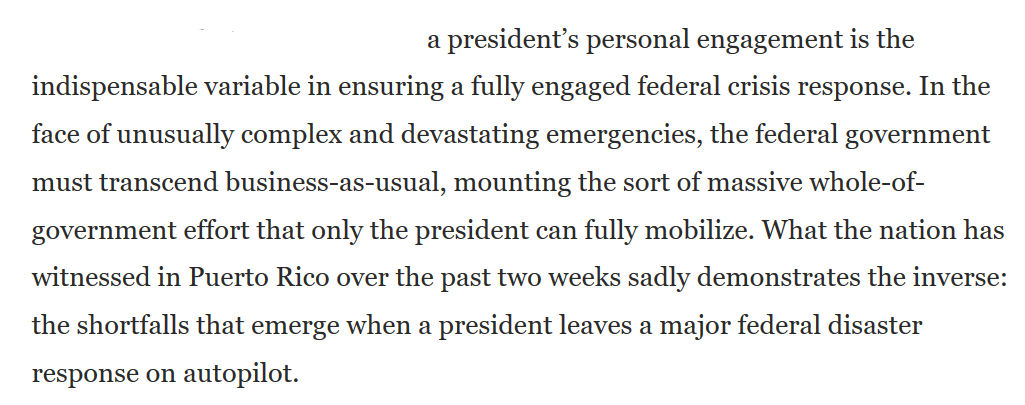In short: the big variables are not the virus; they're our political system, our health system, and public trust.
Myth 1: "We're all gonna die!" Nope. This isn't a disease in which most infected people die. Only about 5% of cases are critical; 1-2% die. Most cases will be like this guy:
NO. Much more dangerous. Around twice as contagious, 10-20 times as deadly. And no vaccine or treatment.
Means the plausible high-end risk is big, because spreading <2% fatality across a vastly large number of people would kill many.
Fortunately a path is coming into focus: intensive public health efforts have shown progress in China, Malaysia, Hong Kong. But will still be a long war, and may not end until vaccines come on line in 18+ months.
Well, as @LawrenceGostin points out, China's draconian measures won't work here. Not feasible legally or socially.
So we must figure out how to apply the kind of discipline and rigor they have, but in our own system.
- Our health care system
- Crisis management
- Communication and cooperation
To interrupt spread of the disease, you need visibility on as many cases as possible, so you know where and how they are spreading and can focus efforts accordingly.
Like this guy who returned from China with flu symptoms, only to be charged $1400 out of pocket for his test (he was negative). miamiherald.com/news/health-ca…
This outbreak will be by far the most challenging thing the Trump administration has had to manage.
If you want a sense of what it's like, I wrote about the inside-USG process on Ebola: cgdev.org/publication/st…
The team around him is solid. Azar, Fauci, Birx, Redfield are competent; and at career level the same folks will work this regardless of administration.

And ultimately the President sets that tone.
The USG cannot coerce Americans into cooperating with potentially disruptive public health measures - it will need to voluntary cooperation, and that in turn requires their trust.
The message sloppiness of the past few weeks - in which political and economic figures in the administration have been out of step with the scientists - does not augur well.
That said, today's press conf set a better tone - if they can sustain it.





